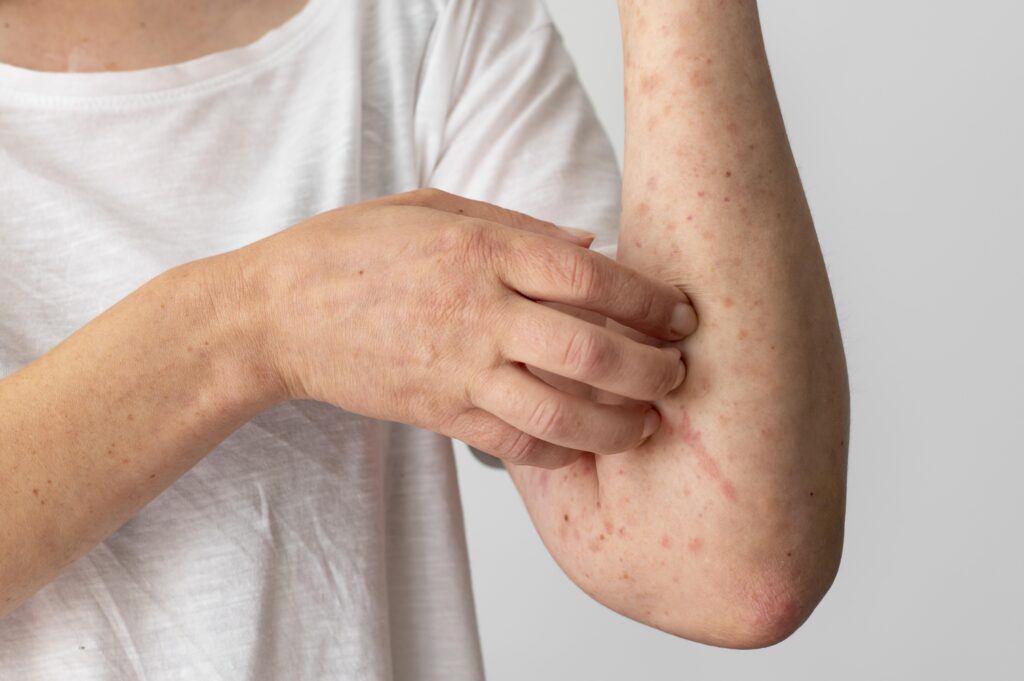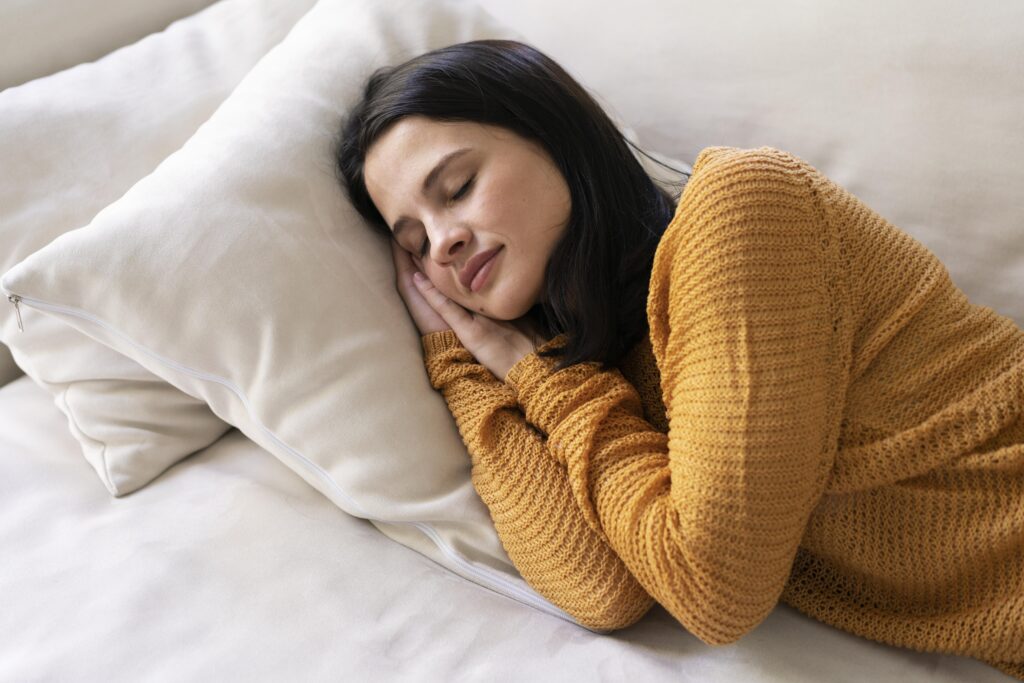
Introduction for “Fungal Acne Treatment at Home”
Fungal Acne Treatment at Home : it is heavenly solution of the night mare “fungal acne”. Dealing with your skin is fundamental for keeping up with its wellbeing and appearance. One normal skin worry that many individuals face is parasitic skin break out. Parasitic skin break out, otherwise called pityrosporum folliculitis, is a condition brought about by an excess of yeast on the skin. It tends to be disappointing and testing to treat, yet there are normal and compelling Do-It-Yourself arrangements that you can attempt at home. In this article, we will investigate different techniques and solutions for support your skin and battle parasitic skin break out.
Table of Contents
Understanding Fungal Acne to fight for Fungal Acne Treatment at Home
Contagious skin break out is a typical skin condition that happens when the yeast known as Malassezia begins to congest on the skin. Dissimilar to customary skin inflammation, it isn’t brought about by microorganisms but instead by parasitic colonization. This condition normally shows up as little, irritated knocks or pustules on the chest, back, shoulders, and face.
Causes of Fungal Acne
Several factors can contribute to the development of fungal acne. Some of the common causes include:
- Hot and humid weather: Fungi thrive in warm and moist environments, making hot and humid climates conducive to fungal acne.
- Excessive sweating: Sweat can create a favorable environment for yeast overgrowth, leading to fungal acne.
- Wearing tight clothing: Tight-fitting clothes can trap heat and moisture, providing an ideal breeding ground for fungal acne.
- Using heavy or occlusive skincare products: Certain skincare products that are heavy or occlusive can block the pores and promote fungal growth.
- Weakened immune system: A weakened immune system can make you more susceptible to fungal infections, including fungal acne.
- Hormonal changes: Hormonal fluctuations, such as those occurring during puberty or menstrual cycles, can trigger fungal acne outbreaks.
Signs and Symptoms : Fungal Acne Treatment at Home

Fungal acne is characterized by the following signs and symptoms:
- Small, uniform bumps or pustules: Fungal acne typically appears as clusters of small, acne-like bumps that are usually uniform in size.
- Itching and irritation: The affected areas may feel itchy and irritated, leading to discomfort.
- Redness and inflammation: Fungal acne can cause redness and inflammation in the affected areas.
- Breakouts that worsen in hot and humid environments: Fungal acne outbreaks tend to worsen in hot and humid conditions.
- Lack of response to traditional acne treatments: Fungal acne may not respond well to traditional acne treatments, such as benzoyl peroxide or salicylic acid.
DIY Solutions for Fungal Acne Treatment at Home
In the event that you’re managing contagious skin inflammation, there are a few normal and Do-It-Yourself arrangements you can attempt at home to support your skin and advance recuperating and to fight for Fungal Acne Treatment at Home. Here are a few successful techniques:
1. Maintain Proper Hygiene
Proper hygiene is crucial for preventing and treating fungal acne. Follow these hygiene practices:
- Shower regularly, especially after sweating, to keep your skin clean and free from excess moisture.
- Use a gentle cleanser to wash the affected areas, avoiding harsh soaps that can strip the skin of its natural oils.
- Avoid scrubbing the skin vigorously, as it can further irritate the acne-prone areas.
2. Use Tea Tree Oil
Tea tree oil has antifungal properties that can help combat fungal acne. Here’s how to use it for Fungal Acne Treatment at Home :
- Dilute tea tree oil with a carrier oil, such as coconut oil, to minimize the risk of skin irritation.
- Apply the mixture to the affected areas using a cotton pad or swab.
- Leave it on for 15-20 minutes before rinsing it off with water.
3. Apply Apple Cider Vinegar
Apple cider vinegar has antimicrobial properties that can assist in treating fungal acne. Follow these steps for Fungal Acne Treatment at Home:
- Mix equal parts of apple cider vinegar and water.
- Apply the mixture to the affected areas using a cotton ball or pad.
- Let it sit for 10-15 minutes before rinsing it off with water.
4. Try Honey and Turmeric Mask
Honey and turmeric possess antibacterial and anti-inflammatory properties. Here’s a simple mask recipe:
- Mix 1 tablespoon of honey with ½ teaspoon of turmeric powder to form a paste.
- Apply the mixture to your face, focusing on the areas affected by fungal acne.
- Leave it on for 15-20 minutes before rinsing it off with lukewarm water and patting your skin dry.
5. Incorporate Probiotics
Probiotics can help balance the skin’s microbiome and combat fungal overgrowth. Consider the following to fight for Fungal Acne Treatment at Home:
- Consume probiotic-rich foods like yogurt, kefir, and sauerkraut to promote a healthy gut and skin.
- Look for skincare products that contain probiotics and incorporate them into your daily routine.
6. Use Antifungal Creams

Over-the-counter antifungal creams can effectively treat fungal acne. Look for creams containing active ingredients like ketoconazole or clotrimazole. Follow the instructions provided and apply the cream to the affected areas as directed.
7. Avoid Oily and Heavy Cosmetics
Using oily or heavy cosmetics can exacerbate fungal acne. Opt for non-comedogenic, oil-free, and lightweight products that won’t clog your pores or contribute to further acne breakouts and thus we can make Fungal Acne Treatment at Home.
8. Wear Breathable Fabrics
Pick breathable textures like cotton to permit your skin to inhale and forestall abundance sweat and dampness amassing. Try not to tight-fit garments that can trap heat and advance parasitic development.
9. Practice Stress Management

Stress can debilitate the insusceptible framework, making your skin more helpless to parasitic contaminations. Consolidate pressure the executives methods like activity, reflection, or participating in side interests to decrease feelings of anxiety and advance generally prosperity.
10. Follow a Healthy Diet

An even eating regimen wealthy in natural products, vegetables, and entire grains can uphold skin wellbeing and reinforce the resistant framework. Consolidate food varieties that are plentiful in cancer prevention agents and nutrients, like berries, mixed greens, and citrus natural products.
11. Stay Hydrated

Hydrate day to day to keep your skin hydrated and advance in general skin wellbeing. Legitimate hydration assists flush out poisons from the body and supports with cleaning recovery.
12. Get Adequate Sleep

Sufficient rest is vital for skin recovery and keeping a solid invulnerable framework. Go for the gold long periods of value rest every night to permit your body to fix and revive.
13. Protect Your Skin from the Sun
Apply a wide range sunscreen with basically SPF 30 to safeguard your skin from hurtful UV beams. Sun openness can irritate parasitic skin break out and create additional skin harm.
14. Avoid Excessive Moisture
Extreme dampness can add to the development of growths. Stay away from delayed openness to wet conditions, change out of sweat-soaked garments quickly, and consider utilizing baby powder in regions inclined to unreasonable perspiring to keep them dry.
15. Be Patient and Consistent
Treating contagious skin break out takes time and consistency. Results may not be quick, so be patient and steady with your picked cures and skincare schedule. Adhere to the medicines that work for yourself and give them an opportunity to show results.
Conclusion for “Fungal Acne Treatment at Home”
Sustaining your skin normally is a comprehensive way to deal with combatting parasitic skin break out. By following legitimate cleanliness works on, integrating regular cures, and embracing a sound way of life, you can really oversee and treat contagious skin break out at home. Keep in mind, consistency and persistence are vital to accomplishing enduring outcomes.
FAQs (Frequently Asked Questions) : Fungal Acne Treatment at Home
- Is fungal acne contagious?
No, fungal acne is not contagious. It is caused by an overgrowth of yeast on the skin and cannot be transmitted from person to person.
- Can I pop the bumps caused by fungal acne?
It is not recommended to pop the bumps caused by fungal acne, as it can lead to further infection and scarring. Instead, focus on treating the underlying fungal overgrowth.
- How long does it take to see results from natural remedies?
The timeline for seeing results can vary depending on the individual and the severity of the fungal acne. Consistent use of natural remedies for several weeks is generally recommended.
- Are there any preventive measures for fungal acne?
Yes, you can prevent Fungal Acne Treatment at Home by maintaining good hygiene, avoiding excessive sweating, wearing breathable clothing, and using non-comedogenic skincare products.
- When should I consult a dermatologist?
If your fungal acne persists or worsens despite home remedies, it is advisable to consult a dermatologist for a proper diagnosis and personalized treatment plan.

Pingback: The Ultimate No.1 Guide to Choosing the Best Organic Tampons : Embrace Your Wellness - CREATIVE WEB-MANIA
Thank you for your sharing. I am worried that I lack creative ideas. It is your article that makes me full of hope. Thank you. But, I have a question, can you help me?
Your article helped me a lot, is there any more related content? Thanks!
Thank you for your sharing. I am worried that I lack creative ideas. It is your article that makes me full of hope. Thank you. But, I have a question, can you help me?
I don’t think the title of your article matches the content lol. Just kidding, mainly because I had some doubts after reading the article.
Thank you for your sharing. I am worried that I lack creative ideas. It is your article that makes me full of hope. Thank you. But, I have a question, can you help me?
Thanks for sharing. I read many of your blog posts, cool, your blog is very good.